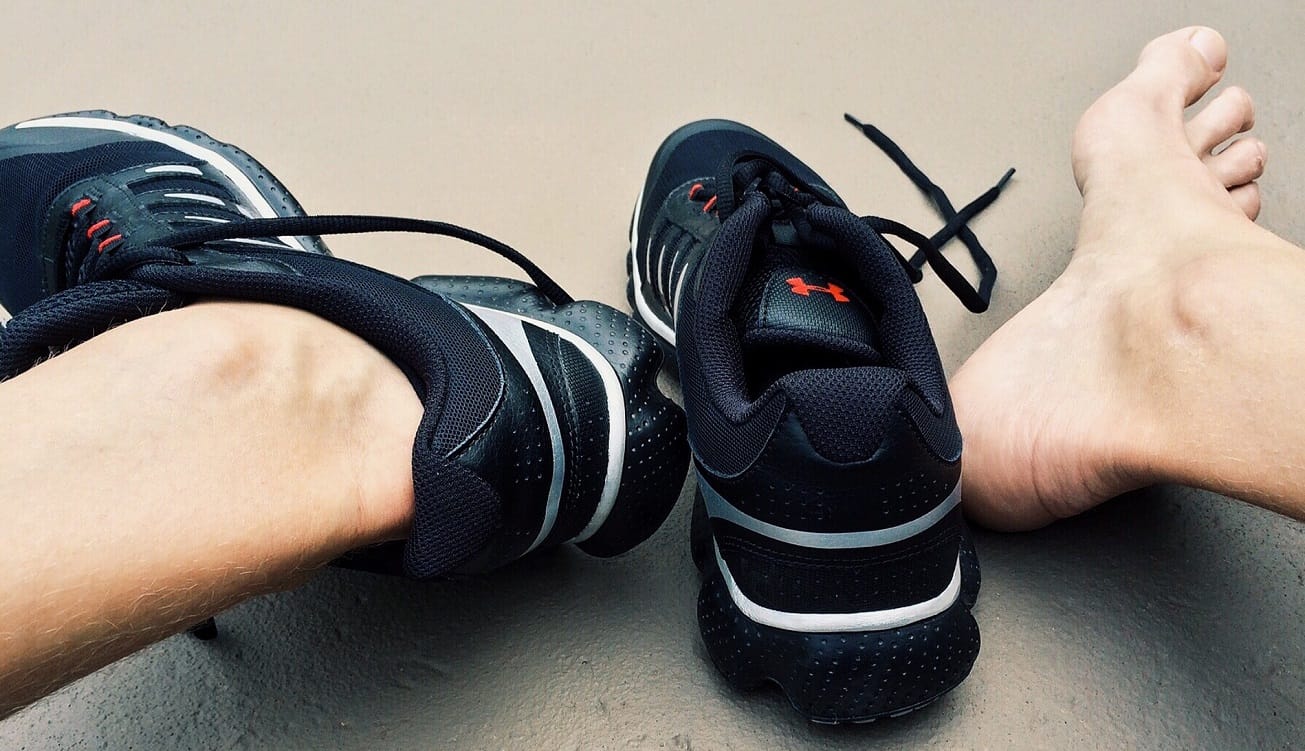
What is it?
These are all names given to describe heel pain or pain under the arch of the foot. It is caused by an inflammation of the plantar fascia or the inability for the plantar fascia to withstand the loading pressures that are being exerted on the foot.
The plantar fascia is a fibrous band of tissue that runs from underneath the heel bone and across the sole of the foot to the toes.
What causes it?
The following have been suggested as causes of plantar heel pain or plantar fasciitis: shortening/tightness of the calf and Achilles tendon unit, a low or fallen arch under the foot, wearing narrow-soled shoes or backless shoes, wearing high heels, increased loading on the feet/fascia, such as weight gain, an increase in training (eg running) or a change in job that requires an increase in standing.
How can I tell if I’ve got it?
Pain is typically felt beneath the heel, under the arch of the foot, or both. It is usually described as a severe bruised, tender feeling. The pain is often most noticeable when first walking on the foot after sleeping or resting for a long period. It will tend to ease a little once movement has been re-established and the tissues have warmed up, but worsen with prolonged walking, running or standing.
Can it be treated?
Like most conditions, aiming to tackle the causes of the pain will help the symptoms to settle. We recommend that you do not just leave it and hope it will go away! Consult a fully qualified physiotherapist (look for the letters MCSP and HCPC after their name) or speak with your GP in order to get a proper diagnosis and to formulate a specific treatment plan that will help you. Treatment will be ideally tailored to suit the specific findings found on assessment and match the loading needs that the foot requires. There are also lots of things you can do to help yourself.
What can I do to help myself?
If you think any of the causes (above) might apply to you, then take action to change them – reduce activity for a while, aim to reduce weight if overweight , wear flatter, wider, more supportive footwear (such as a trainer), do calf and plantar fascia stretches (ideally consult a physio, a fitness instructor, or look online – if you see a particular stretch being recommended repeatedly on different reputable websites then it is probably safe and appropriate). Wearing off the shelf, soft heel cups or orthotics (insoles) help some people as does the application of ice (wrapped in a tea towel or similar) for 20 minutes or rolling a can of frozen liquid under the foot.
A physiotherapist may also teach exercises to build up the loading tolerance of the calf and plantar fascia, this is done in a graded way in order to help the tissues withstand the pressures applied to them (such as when running), in addition physios may provide exercises to help strengthen the small muscles under your foot and provide exercise and pacing strategies in order to help the return of pain free or pain reduced activity.
Although this type of heel pain can be quite slow to resolve, success in overcoming this condition will often require you to address all the possible issues at the same time. Finding out and addressing all of the causative factors, giving the heel/foot some extra support while it is painful and having an exercise programme to help to improve the loading tolerance and or stretch of the tissues will all help in the speed of recovery.
